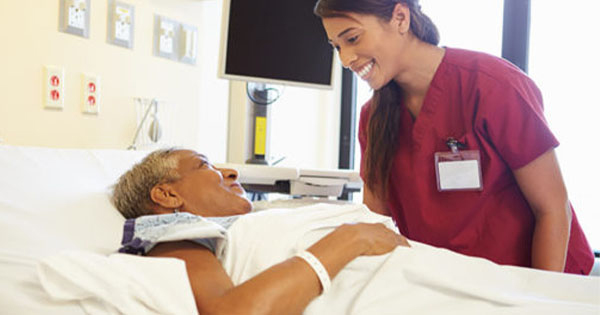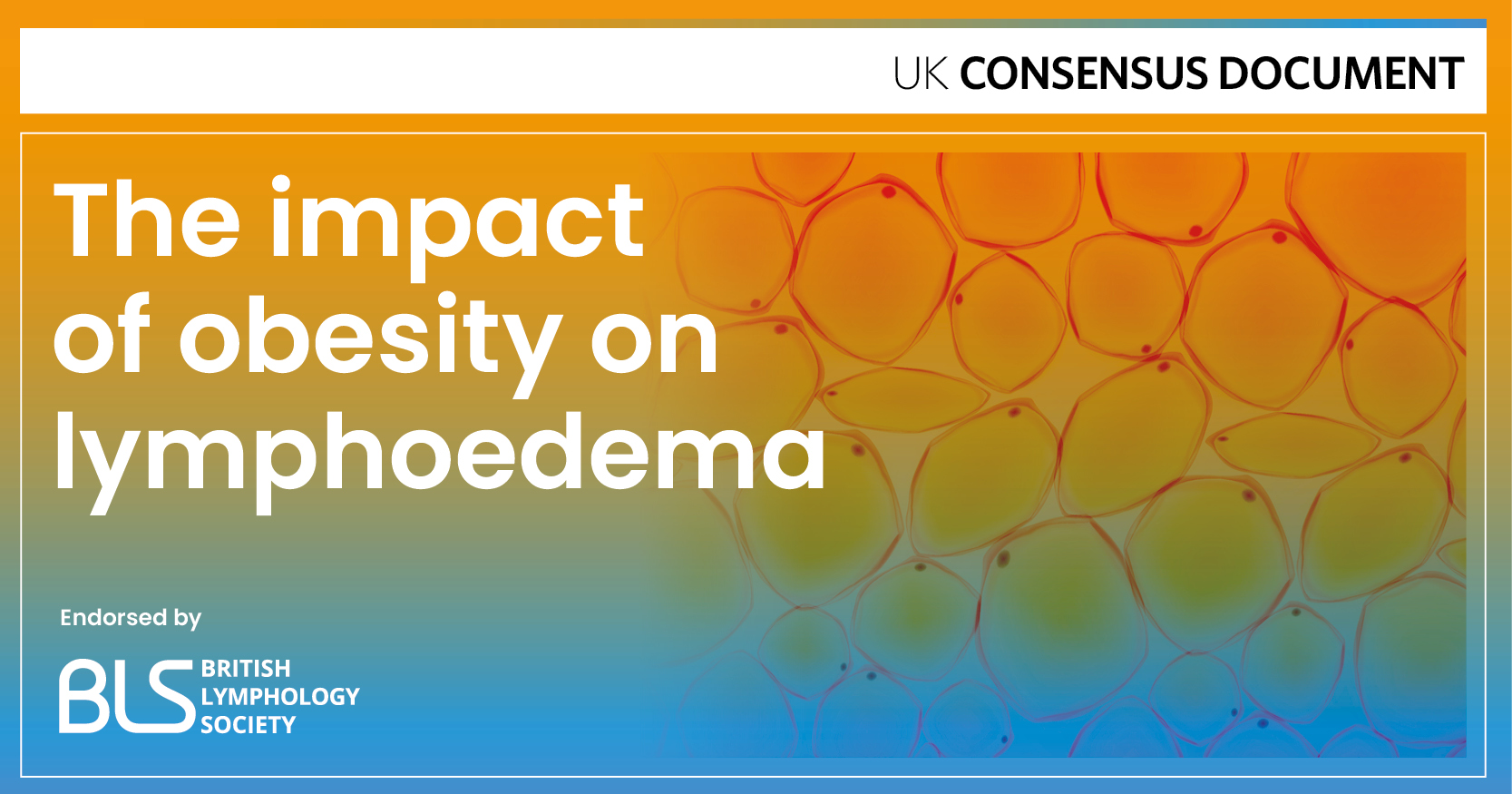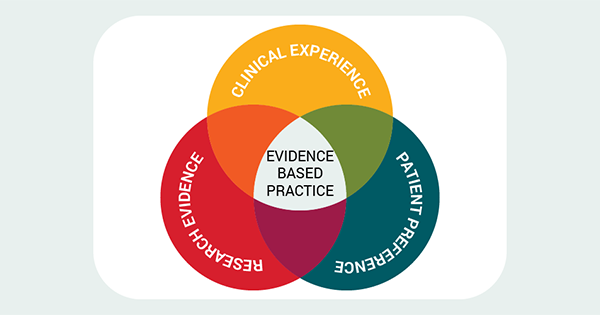Non-healing wounds have a negative impact on patient’s quality of life, are costly to treat and increase the workload for clinicians, particularly in the community setting, where the majority of them are managed. This is a growing concern as the number of people who suffer from a wound has increased, with a 71% increase in the annual prevalence of wounds between 2012/2013 and 2017/2018 (Guest et al, 2020). Thirty per cent of all wounds are unhealing and it is these wounds that disproportionately represent 67% of the total wound expenditure. Non-healing wounds are more likely to develop complications, such as infection, necessitating more costly interventions and more frequent dressing changes, placing greater demands on available resources (Dowsett, 2015). Wound complications are associated with more intensive treatment, longer hospital stays, readmission and specialist medical or surgical intervention. There is considerable scope for improvement in the care and outcomes of these patients through early identification of a wound that is non-healing and intervention with active treatments.
Factors associated with non-healing
Inequalities and variations in care are often contributing factors to non-healing wounds. In one study, 30% of wounds lacked a differential diagnosis and only 16% of cases with leg or foot ulcers had a Doppler ankle brachial pressure index recorded (Guest et al, 2015). Treating the underlying aetiology is a critical factor for wound healing. Gray et al (2018) found that 31% of patients who had a venous leg ulcer were not receiving compression therapy and healing rates for venous leg ulcers are only 47% at 12 months (Guest et al, 2017).
Other factors that contribute to a non-healing wound include patient-related factors, such as underlying pathology and comorbidities, wound-related factors including ulcer size, duration and location, as well as organisation-related factors, such as the knowledge and skill of the clinician and availability and accessibility of treatments [Table 1].
Non-healing wounds require a careful assessment and reassessment of both the patient and the wound, as well as a review of care systems to identify and address both intrinsic and extrinsic barriers to healing. It is also important to consider which factors can be easily modified, are slow to be modified, or cannot be modified so that implementation of local and systemic care delivery offers patients improved but realistic outcomes (Wounds UK, 2022).
Patient Assessment
The purpose of holistic patient assessment is to ensure that the patient receives the most appropriate treatment in line with best practice. The key principles for effective care of a patient with a wound include:
- Assessment and diagnosis of wound aetiology with accurate documentation
- Accurate treatment planning
- Aetiology-specific patient care/interventions (e.g. offloading, compression, metabolic control)
- Aetiology-specific wound care (e.g. cleansing, debriding, dressing/therapy selection)
- Understanding the importance of healing rates, which may require ‘aetiology-specific’ monitoring to inform service provision and quality improvement
- Collaborative work to improve patient outcomes and service delivery (Wounds UK, 2022).
There are many opportunities for the clinician to identify that the wound is non-healing during assessment and reassessment and interactions with patients and their advocates. Some wounds will be identified as ‘at risk’ of non-healing from day one of care based on initial assessment, while others may fail to achieve sufficient healing after 2-4 weeks of standard care.
Changes in wound size are frequently used to track the progress of wound healing. After 4 weeks of optimal treatment, the percentage reduction in wound area may provide useful information on the likelihood of healing. A venous leg ulcer or pressure ulcer that has not reduced in area by 40% (or by 50% for a diabetic foot ulcer) after 4 weeks of optimal treatment is unlikely to heal (Kantor and Margolis, 2000; Phillips et al, 2000; Snyder et al, 2010; Gwilym et al, 2022). Changes in wound size, however, should not be used as the sole indicator of wound improvement and healing. Along with clinical observation of the wound bed composition, patient comorbidities and risk factors for non-healing, talking and listening to the patient can help to gauge wound progression and implement appropriate actions (Wounds UK, 2022).
The earlier the wound is identified as non-healing or potential for non-healing and the patient is escalated for active treatment, the more likely the wound will heal in a realistic time scale.
Active Treatments
While passive wound dressings simply serve a protective function, active dressings, such as single-use negative pressure wound therapy (sNPWT), not only create a moist wound healing environment, but also interact with wound bed components to further enhance and improve wound healing.
Over the past decade, health technology has begun to transform healthcare, with the introduction of active wound dressings and devices, as well as technology-based approaches such as telehealth. Active treatment assumes that the differential diagnosis is correct and that standard treatment including cleansing and debridement has been performed.
A number of active treatments are available for patients who have been identified as having a non-healing wound (Box 1). However not all of these are available in the community, and some patients may require referral to a specialist to access these. Many patients with non-healing wounds may require more than one active treatment to progress the wound to healing, for example, debridement with larval therapy and progression to healing with negative pressure wound therapy (NPWT).
Pathways of care and recommended treatment plans are effective strategies for guiding the use of active treatments for non-healing wounds (Figure 1) and ensuring appropriate resource use. They can also help to avoid delays in escalation of care and stepping up to active treatments without waiting for specialist input and review, which is especially important for patients who are identified as non-healing on the first day of assessment. There is growing evidence that in some cases, using active treatments such as sNPWT earlier in the patient’s care plan can result in better outcomes than waiting for the wound to potentially deteriorate and become more difficult to treat and heal (Dowsett et al, 2017; Hampton et al, 2022). Active treatments, such as NPWT, have increasingly become easier to use and more readily available in the community setting, and while they may have a higher initial cost if used correctly, they can reduce overall cost and healing time (Hampton et al, 2022).
Treatment plan for non-healing wounds
Improving community wound care requires active treatments to be available at the point of care and for community clinicians to be confident and competent in their use. Training and education, as well as ongoing support in determining when to step up and step down from active treatments, are critical for success. Reassessment and review at 7 and 14 days to determine the impact of using active treatments can support decision-making for when to continue treatment or revert to standard care.
The following case studies provide examples of using active treatment (sNPWT) to treat 2 patients with non-healing wounds. The complexity of the patient and the wound will determine the time it takes for active treatments to impact wound healing and should be taken into consideration as part of the treatment plan.
Conclusion
There is considerable scope for improvement in the care and outcomes of patients with non-healing wounds. Through accurate and detailed patient and wound assessment, early identification of a wound that is unlikely to heal with standard care is essential for escalation of care to active treatments. Wounds that appear to be moving away from a normal healing trajectory despite receiving optimal care, including active treatment, should be, as part of best practice, referred to a healthcare practitioner with specialist skills to ensure the best clinical outcomes for the patient (Shamsian, 2021). Patient response to active treatments such as sNPWT can vary depending on the patient’s underlying health condition, wound aetiology, wound duration and associated complications. Implementing the BPS (Wounds UK, 2022) recommendations on active treatment of non-healing wounds in the community has the potential to improve patient outcomes and reduce the time clinicians spend caring for these patients and overall costs of care.





